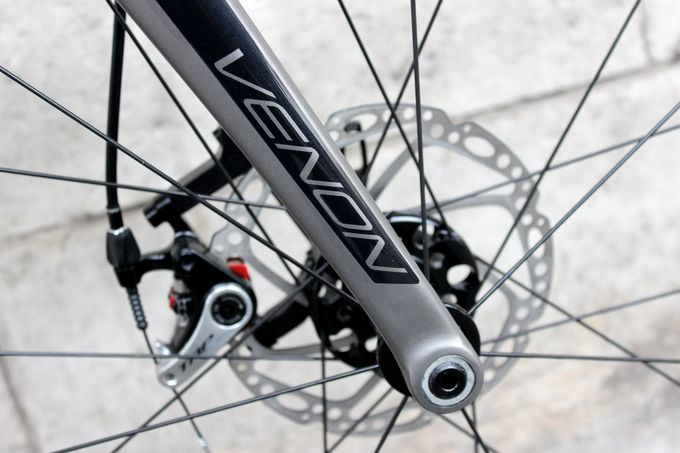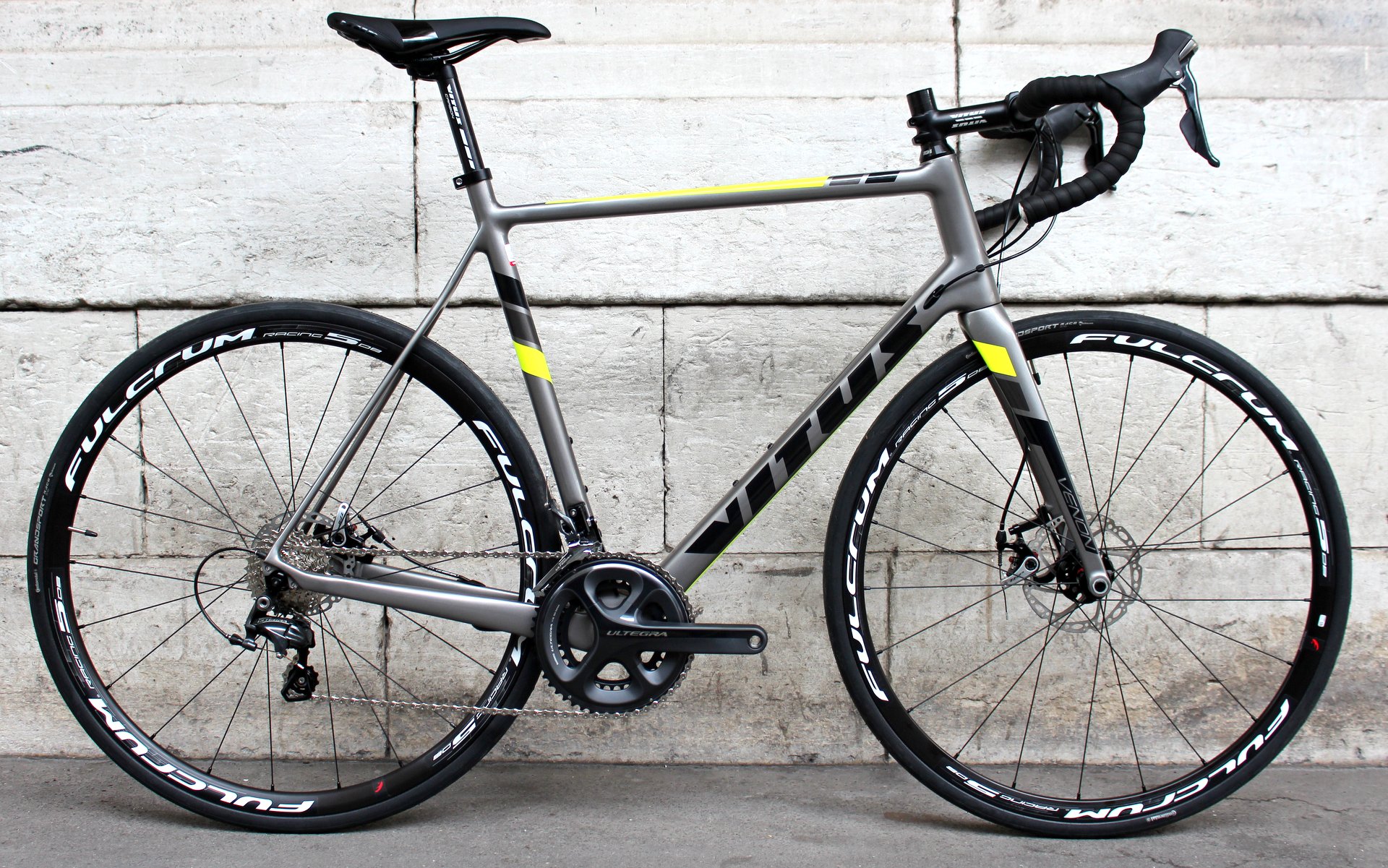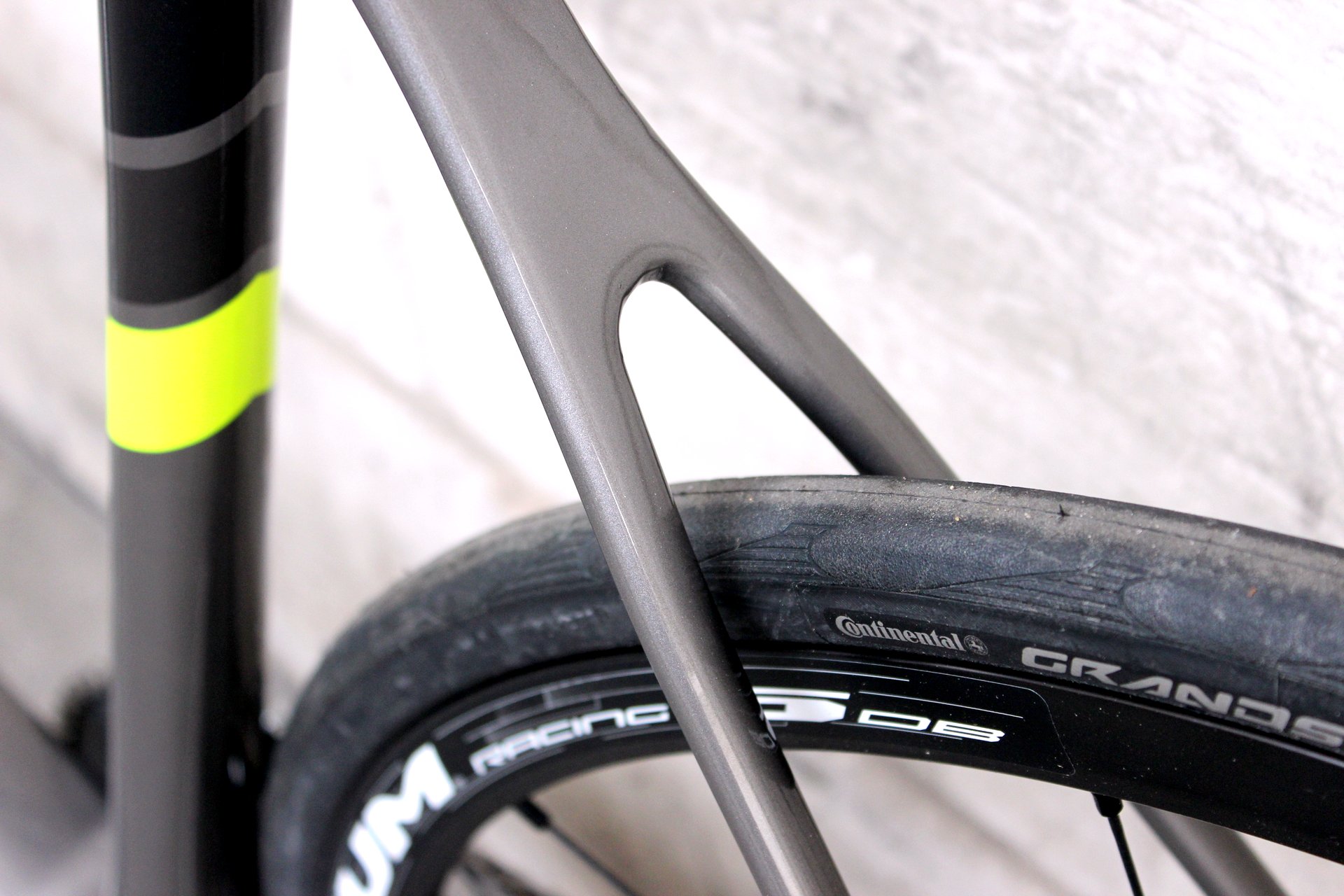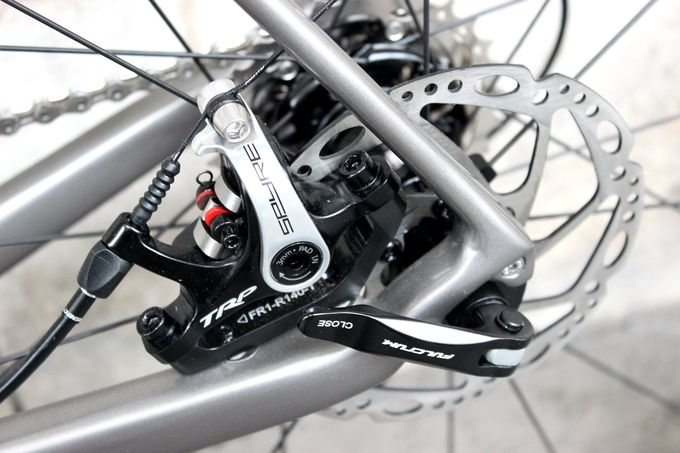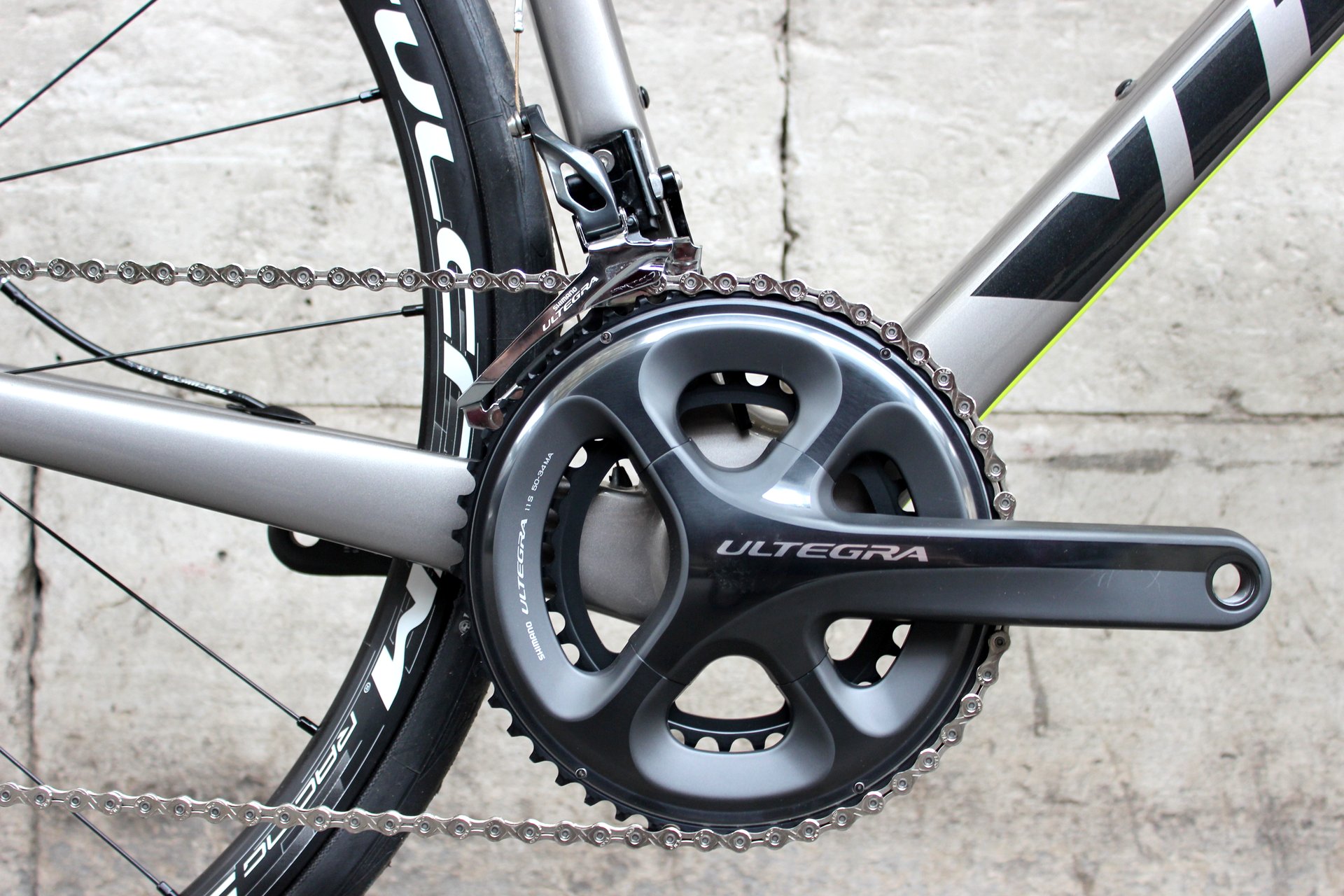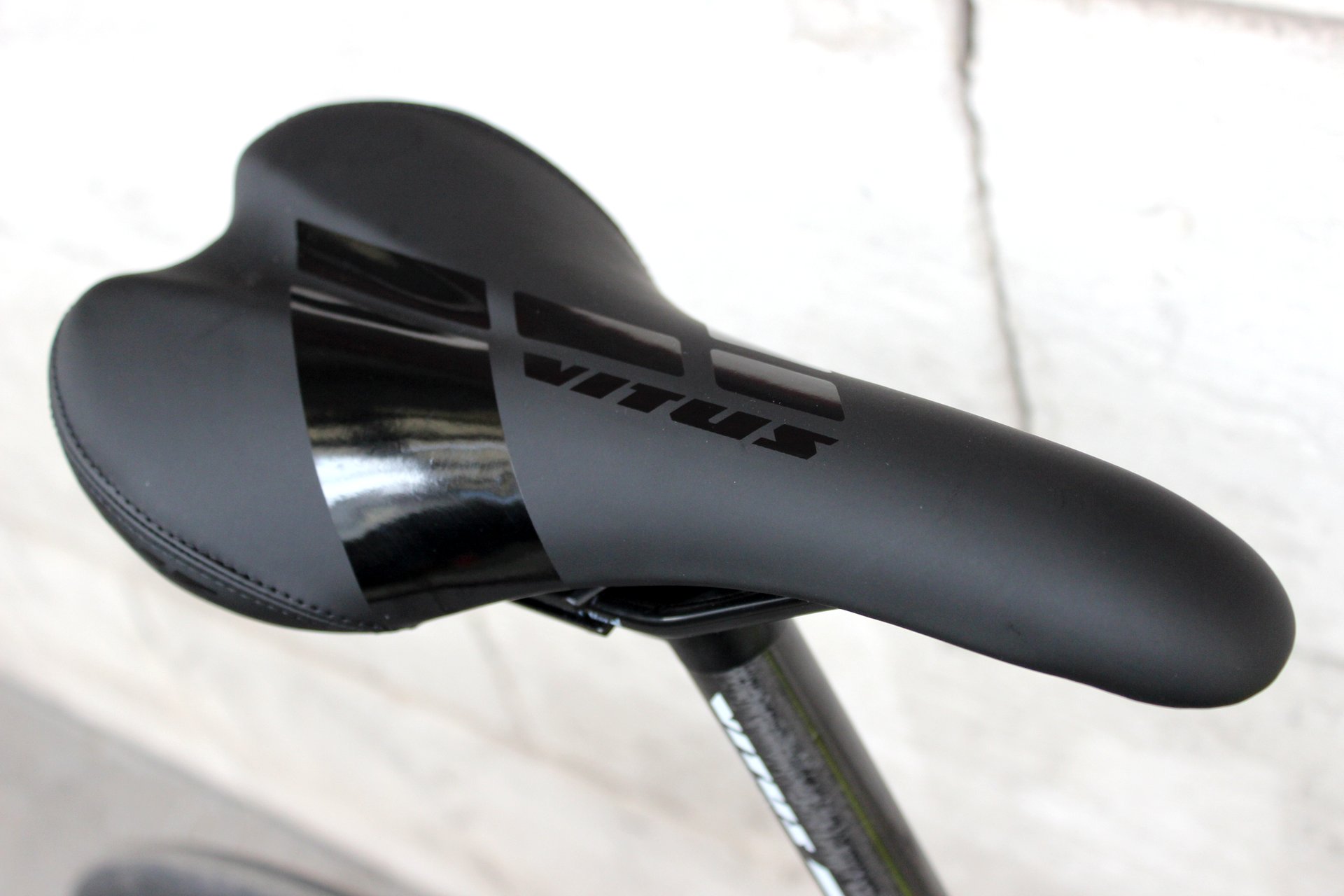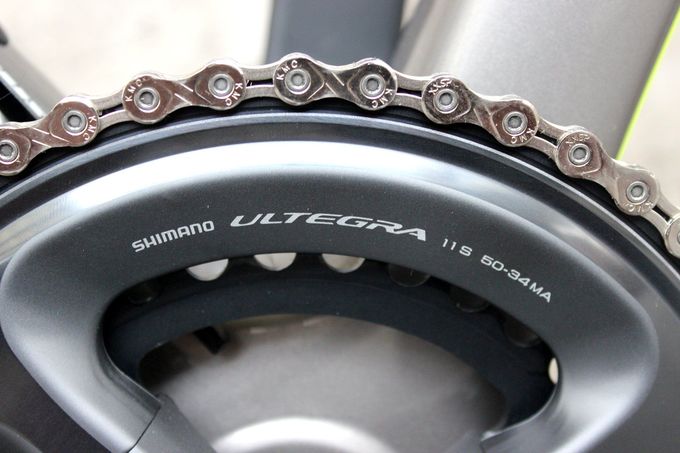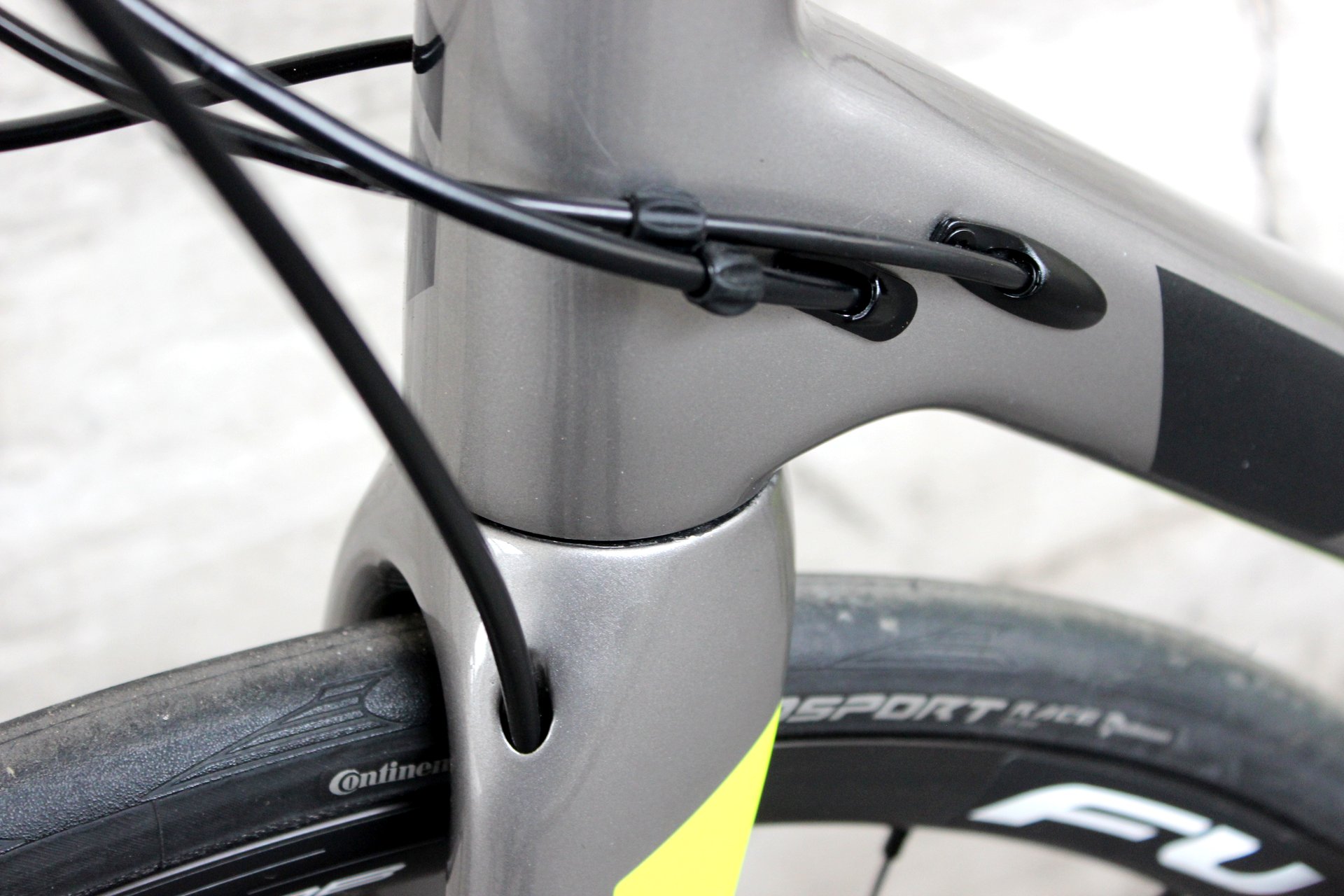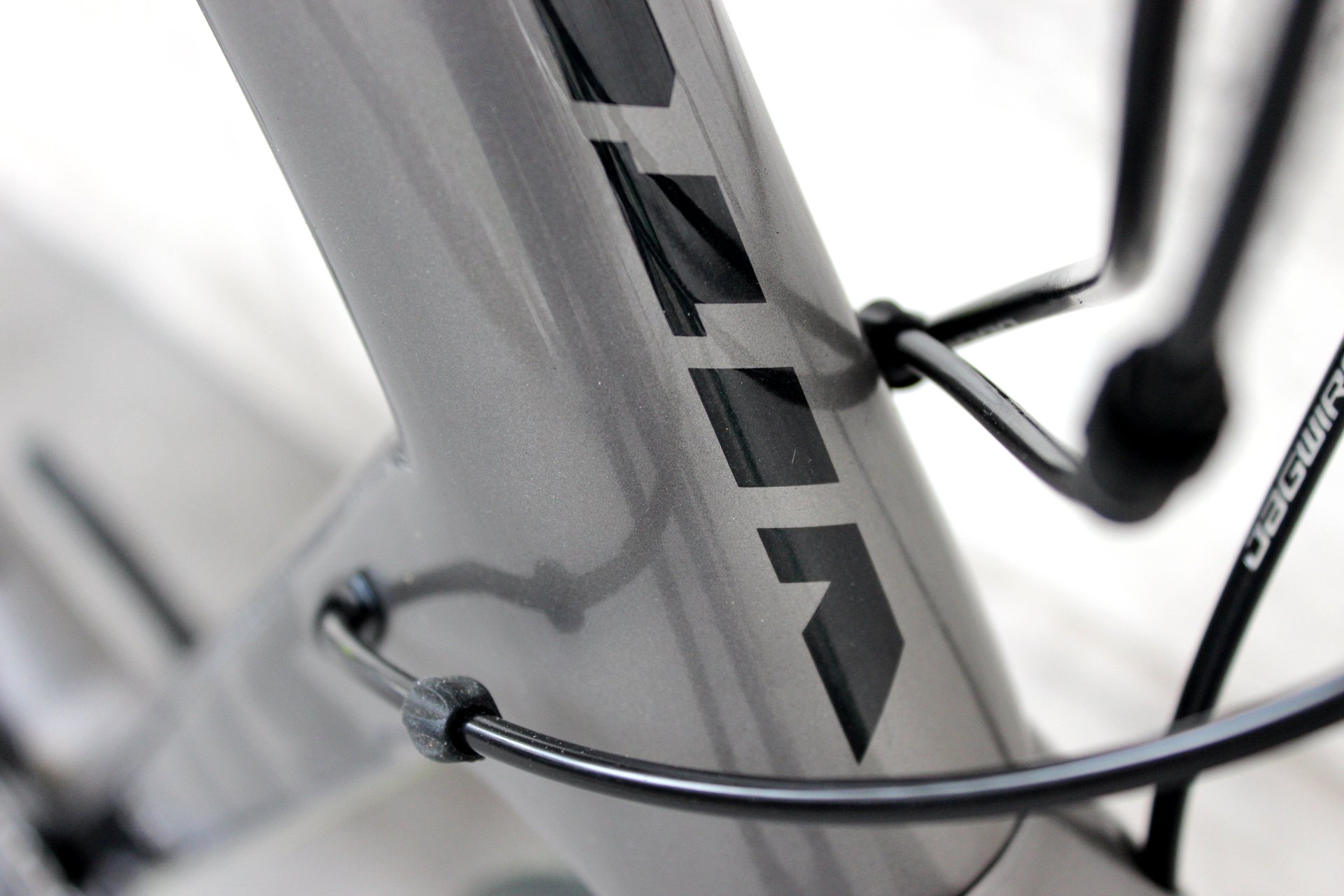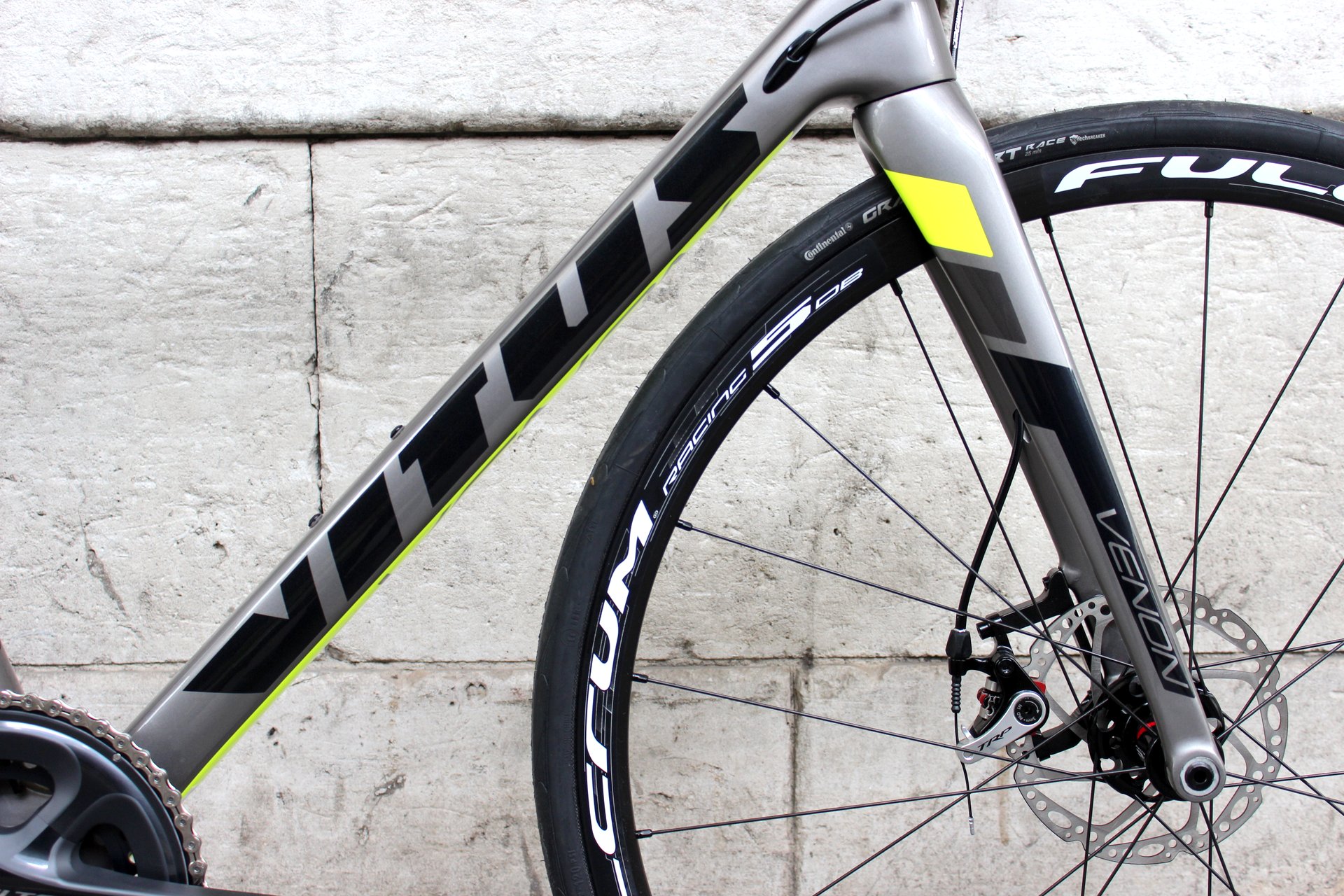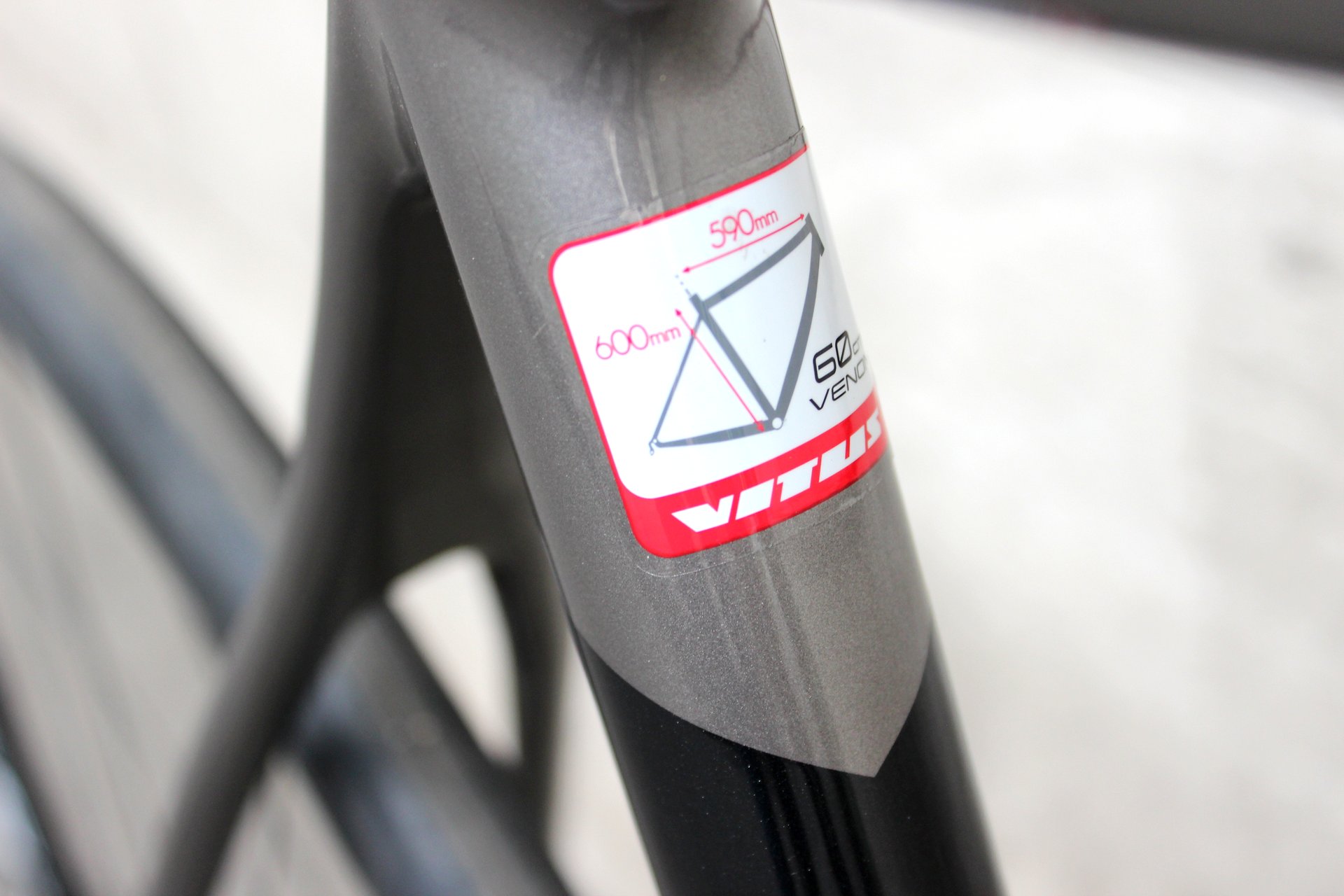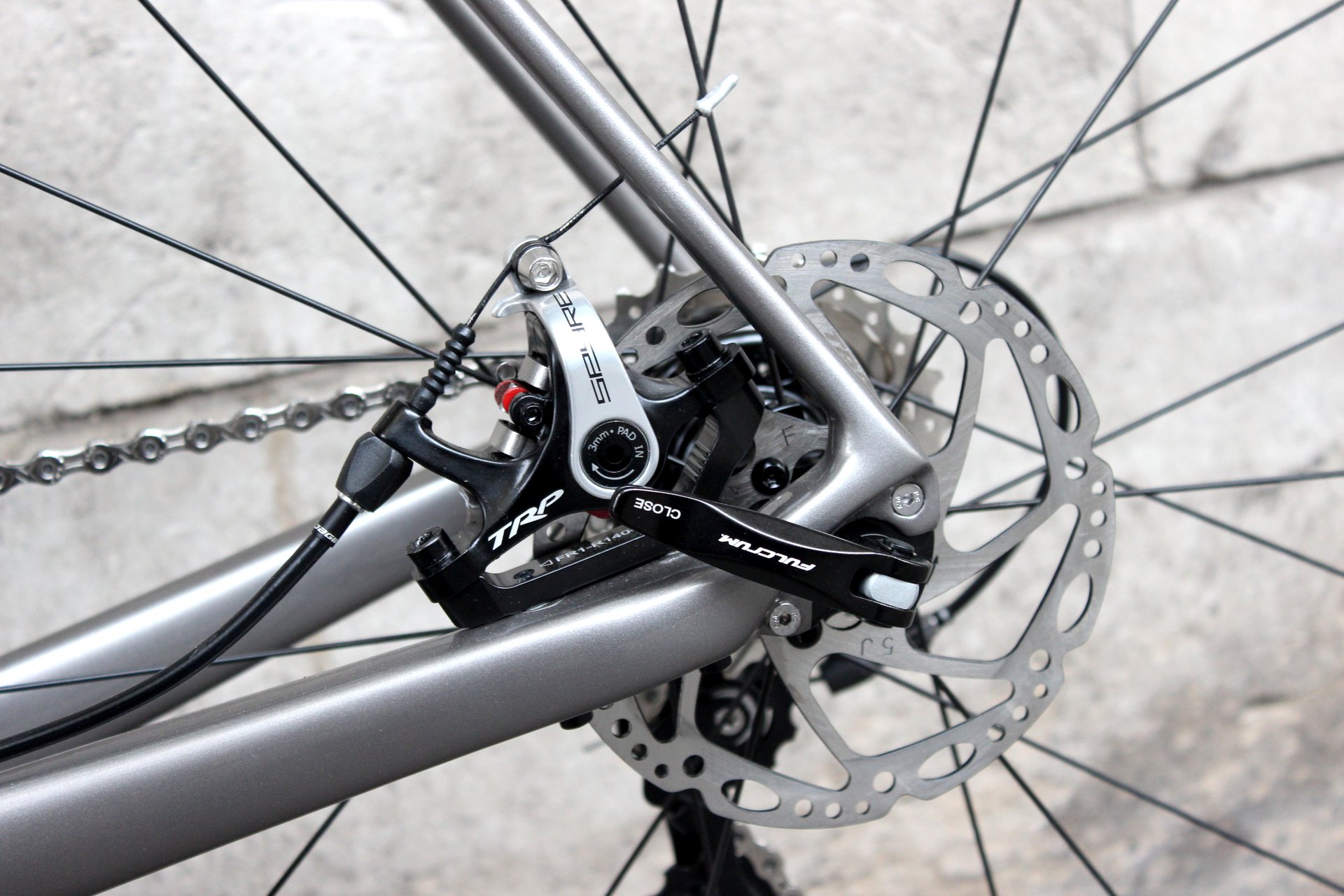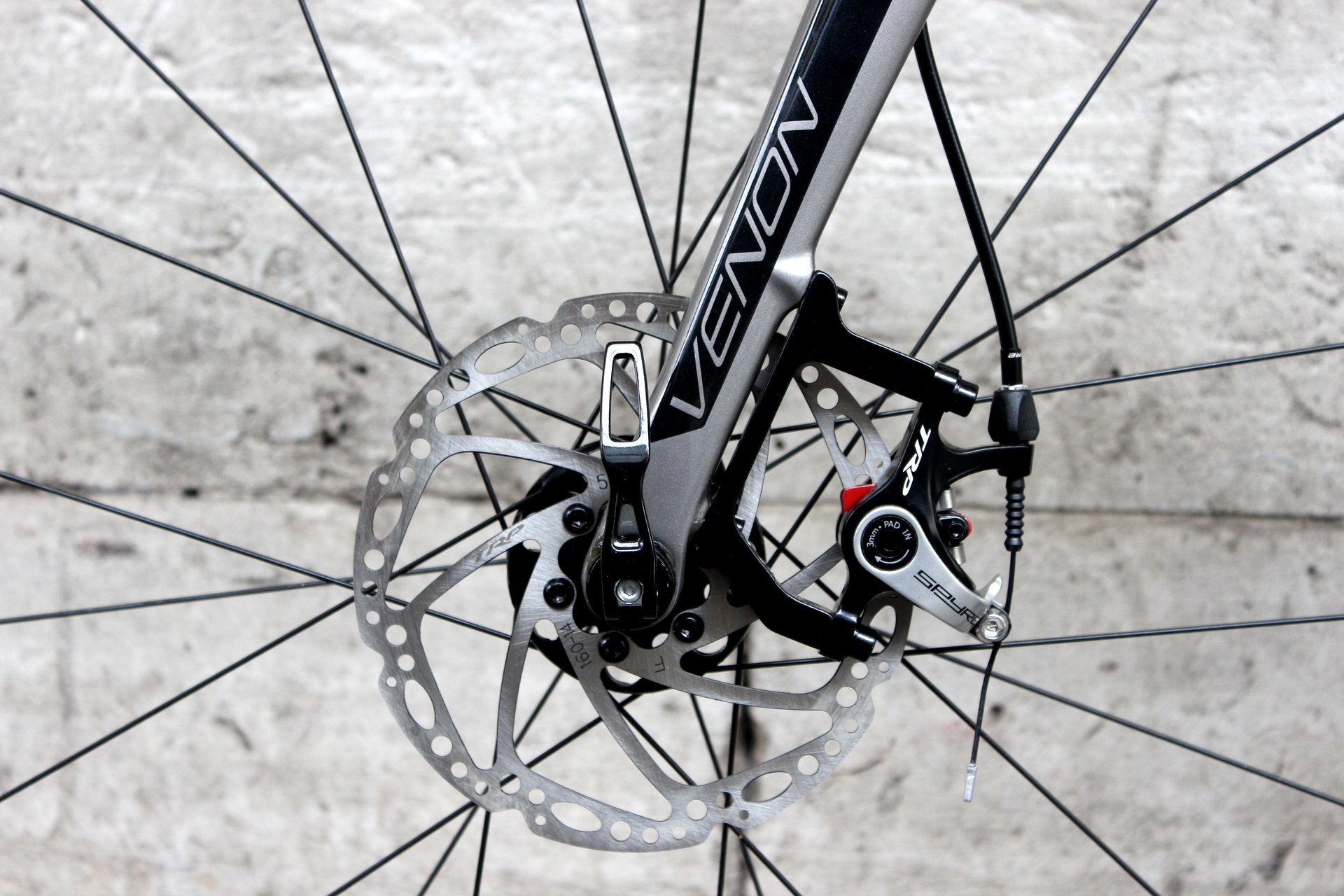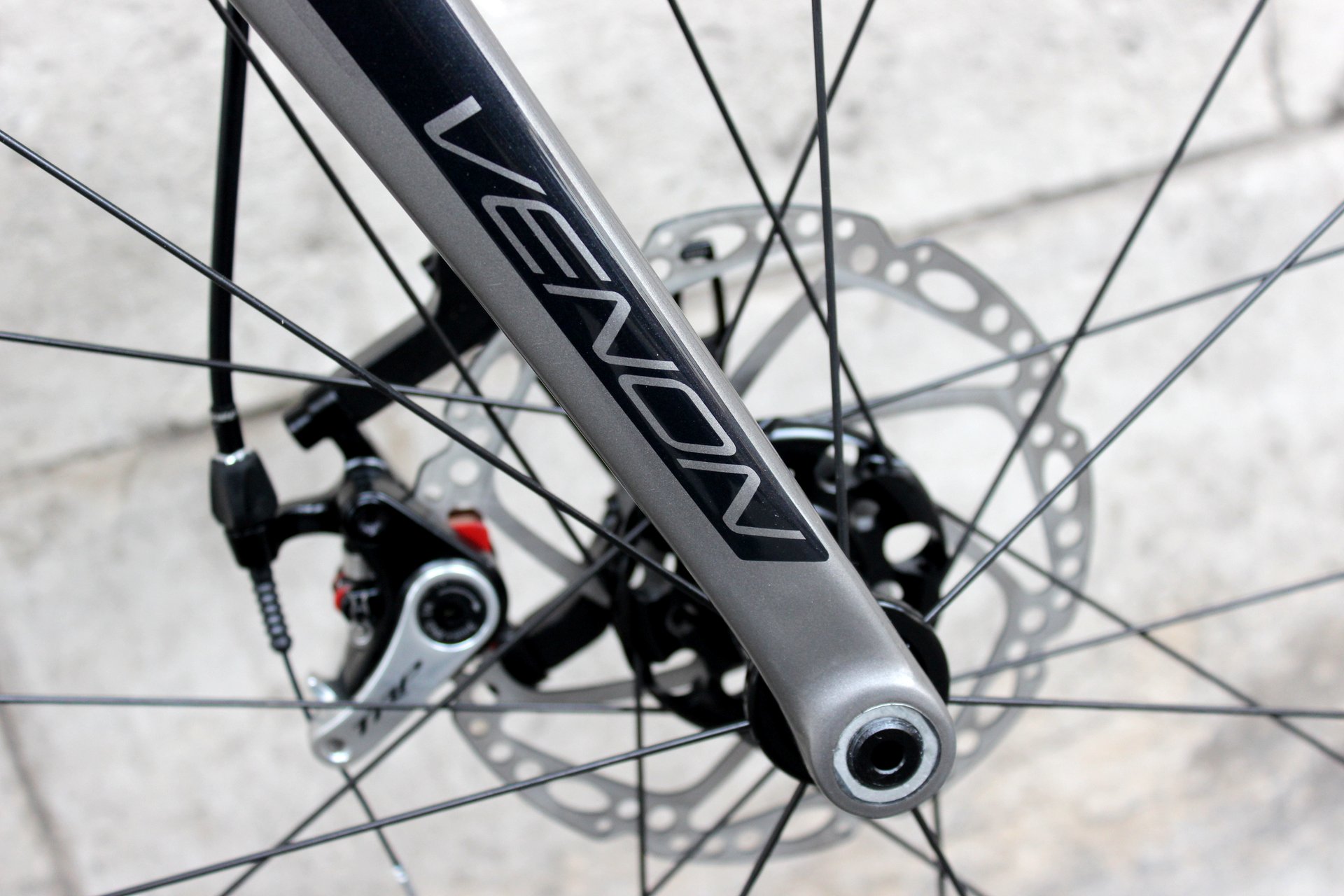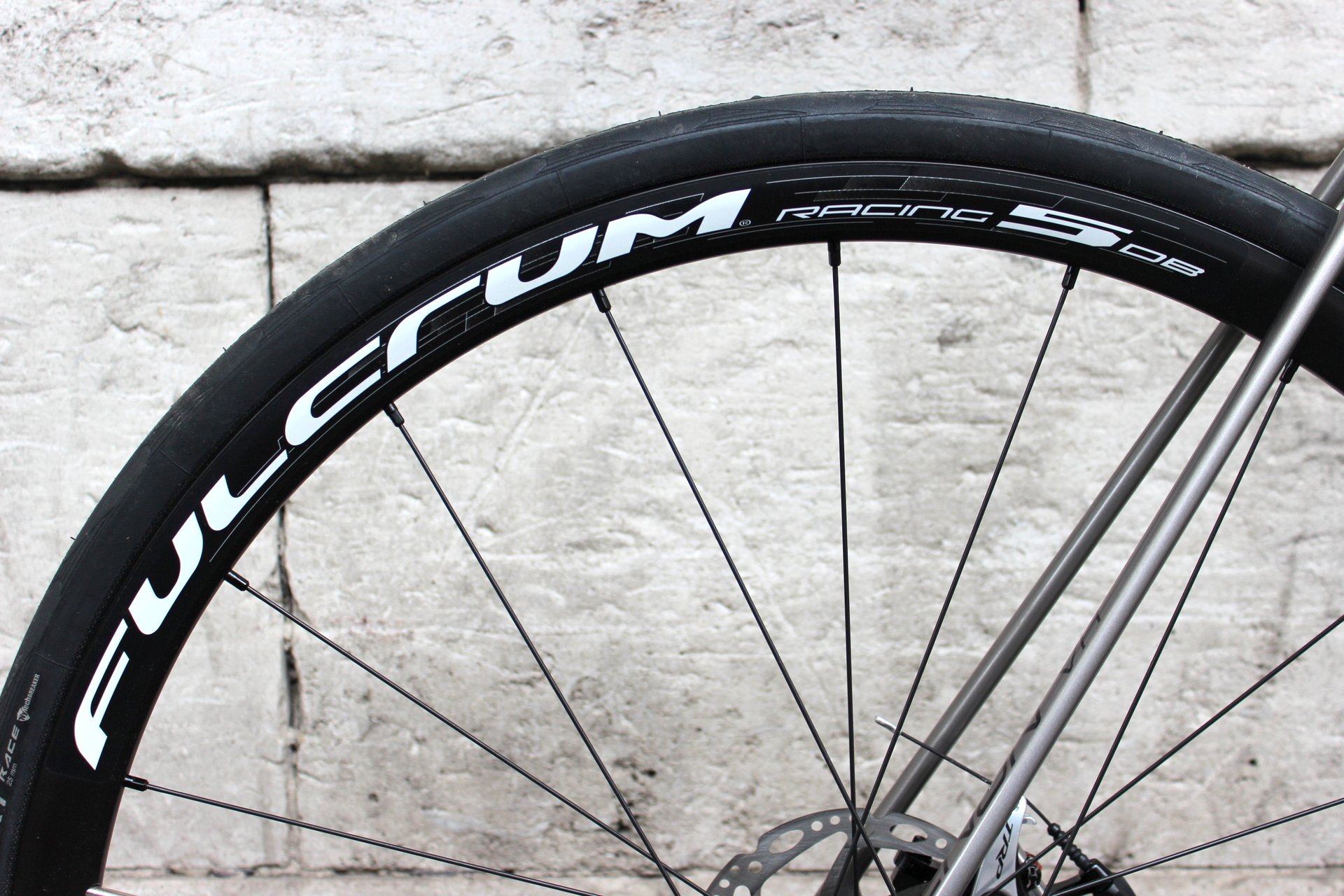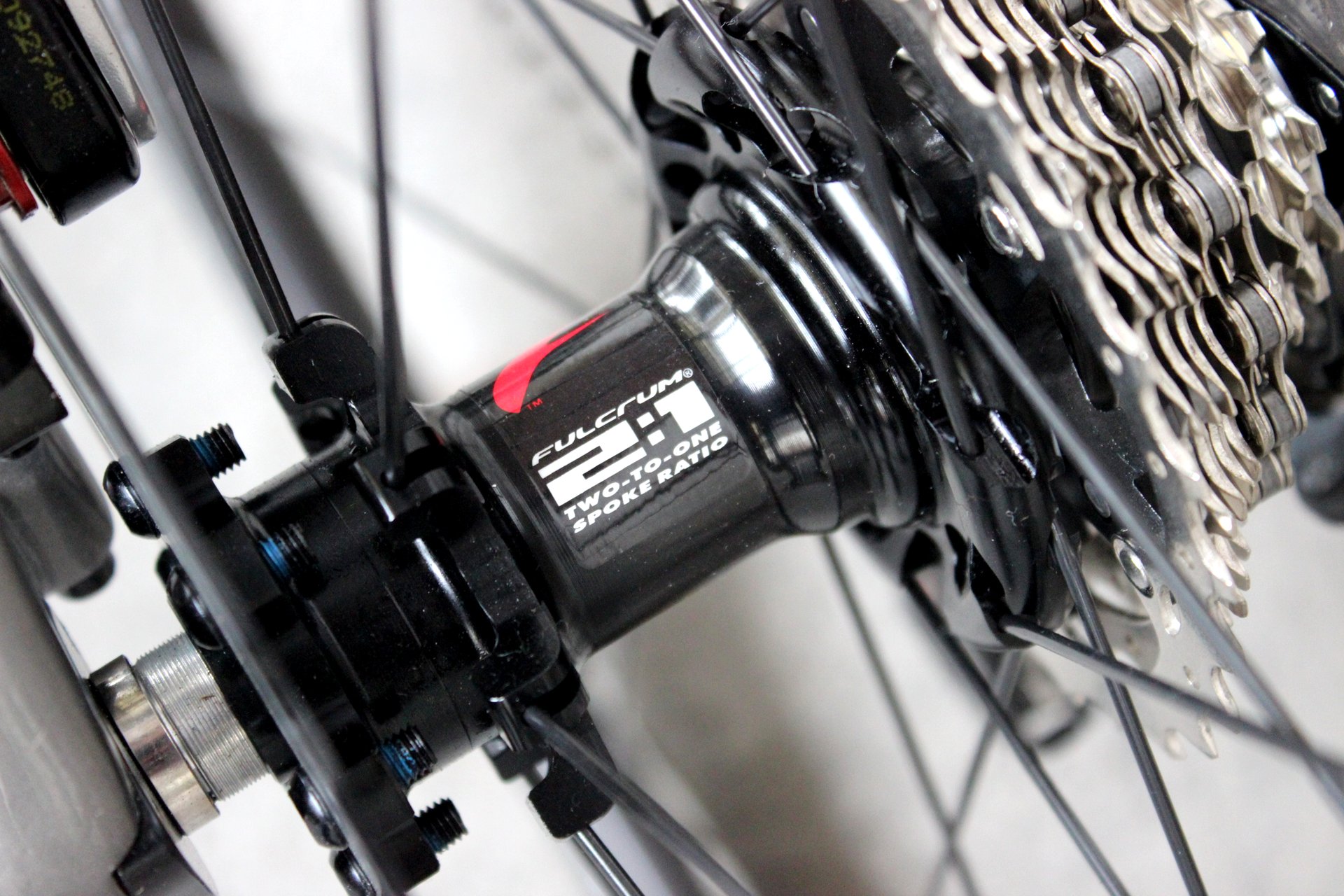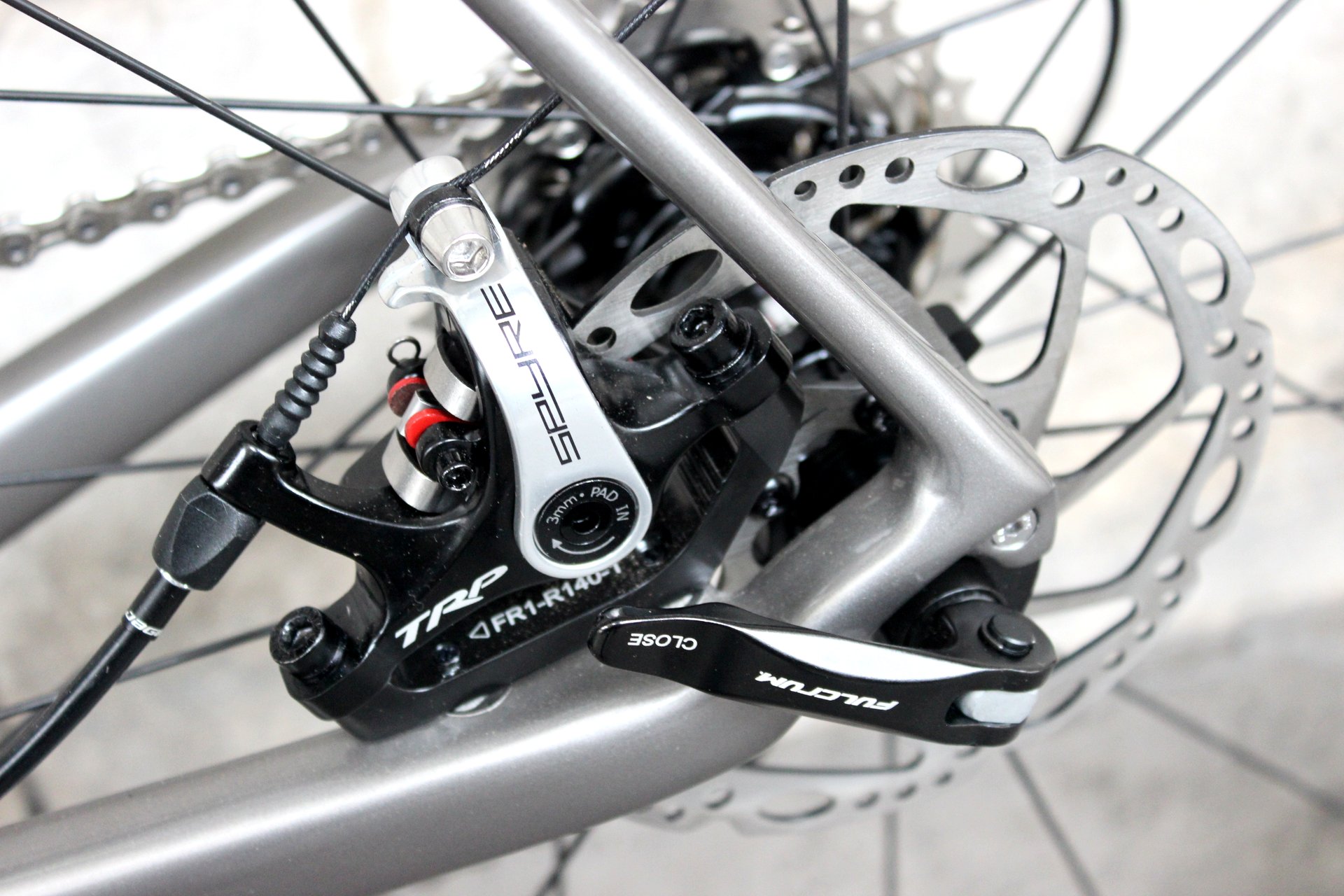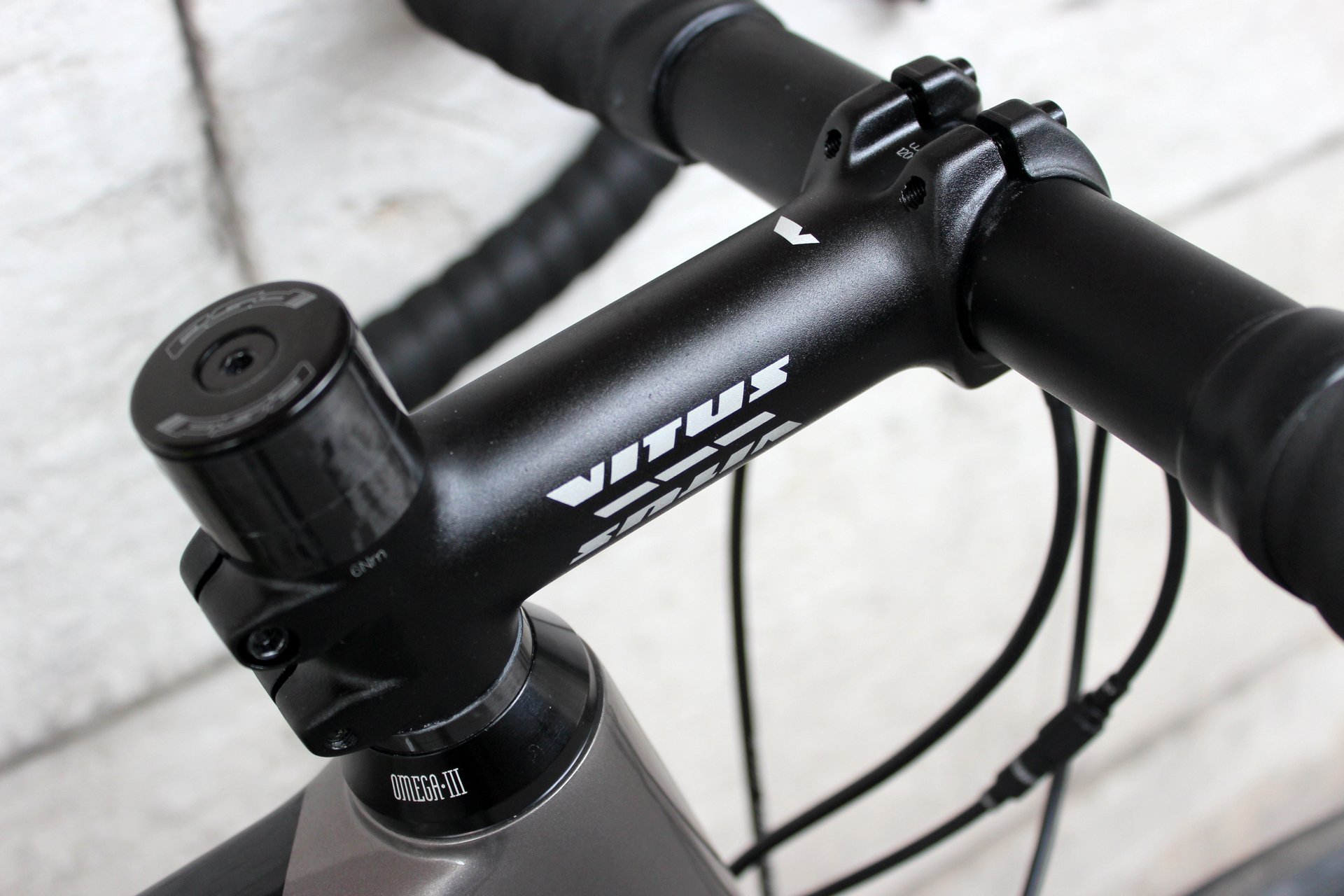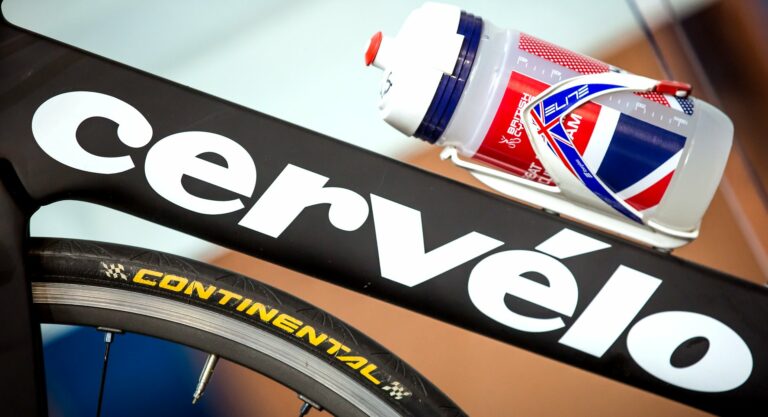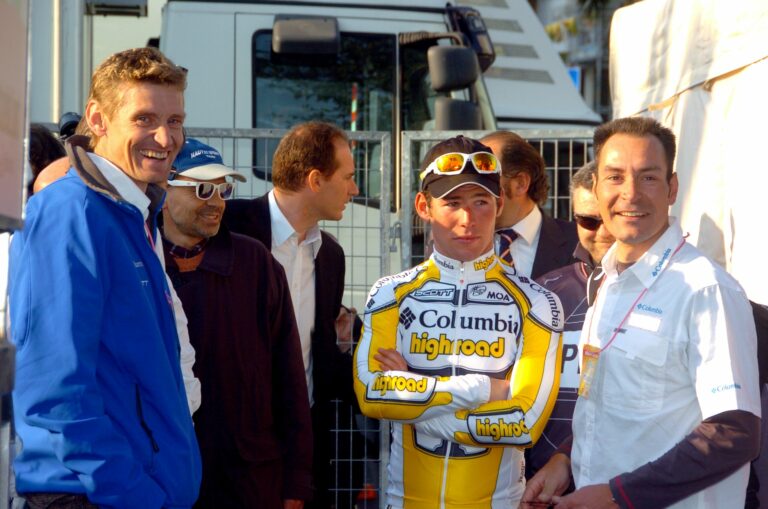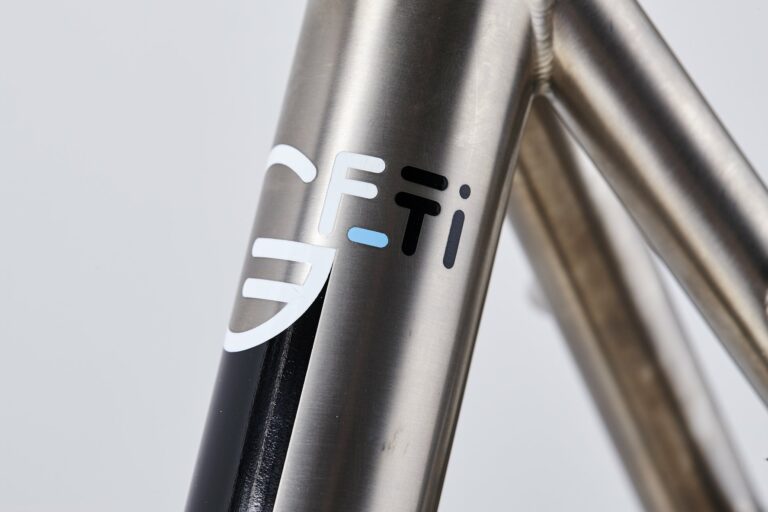The view from above
It seems strange that a bike that’s so burly should actually be built for long-distance comfort but then the VR is a somewhat schizophrenic beast. It’s a bike of two halves with the dividing line running from the middle of the head tube back down to the rear axle. The tubes in the top half are slender, smaller and more supple, while, below the imaginary line, everything in the bottom half is big, boxy and beefed up for stiffness.
-
Specification
- Price: £1,799.99
- Weight: 8.49kg (size 54cm)
- Size tested: 60cm
- Sizes available: 50, 52, 54, 56, 58 and 60cm
- Website: Vitus
Viewed from the side, the differences between the Jekyll and Hyde personas hidden in the VR’s frame are almost too subtle to spot. But looking down from the saddle the contrast immediately becomes clear. The view from above shows you just how much bigger the bottom half of the VR is compared to the top. From this vantage point it’s easy to see how the downtube swallows the toptube.
But of all the tubes in the top half of the bike, the seatstays are the tiniest – barely as big as a little finger. But they’re not the only thing that’s been slimmed down from the VR’s previous incarnations; the seatpost has been on a diet as well. It’s shrunk from the 31.6mm-diameter post specced on the 2015 bike to a 27.2mm post on this year’s VR.
And all those slender tubes make a noticeable difference. Stay in the saddle as you pass over patches of broken or sunken tarmac and you can feel the frame flexing underneath you. But the movement is contained within the area around the junction of the toptube, seattube and chainstays. Thanks to those beefed-up boxy tubes in the bottom half of the frame, the rest of the bike remains rock solid.
